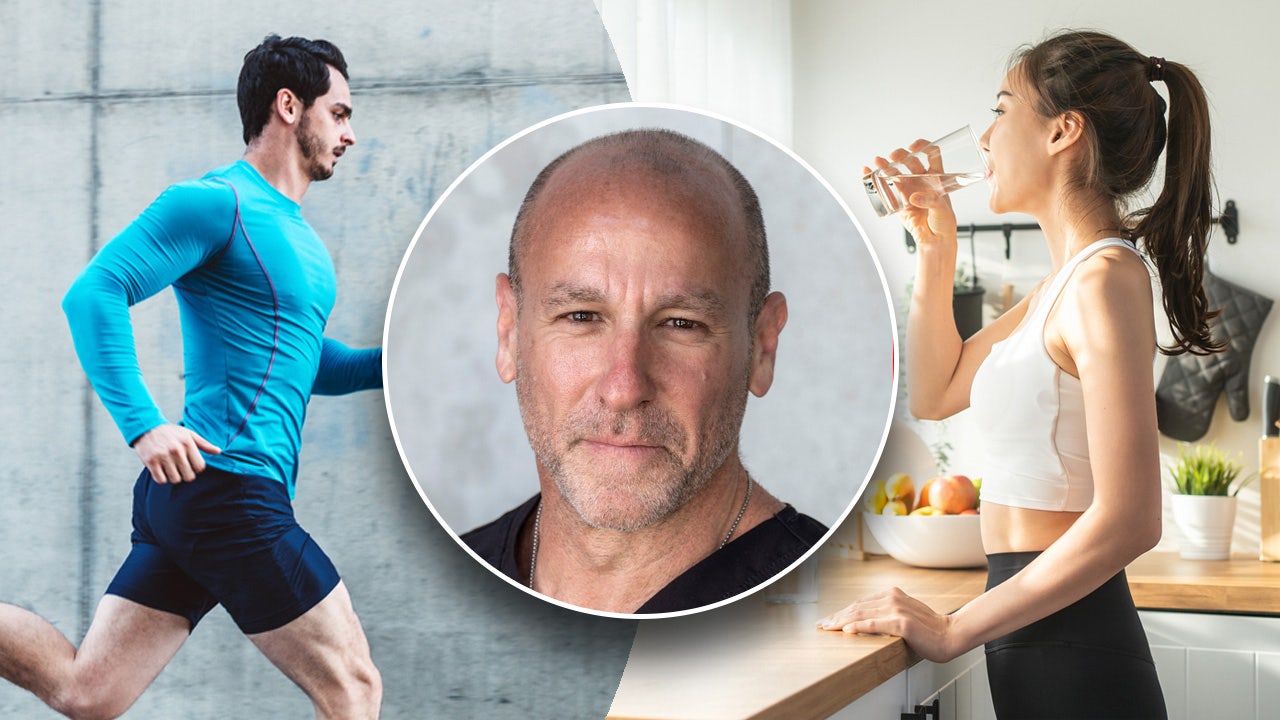One out of every three American adults, accounting for approximately 36% of the population, is facing the challenge of obesity, which greatly increases the risk for various diseases, as stated by the Centers for Disease Control and Prevention (CDC). The Journal of the American Heart Association has recently published a study revealing that the number of heart-related deaths linked to obesity has tripled over the past two decades. Dr. Brett Osborn, a board-certified neurosurgeon based in West Palm Beach, Florida, firmly believes that we have the power to change this alarming trend. In an interview with Fox News Digital, Dr. Osborn expressed his belief that building a better body and preventing obesity, as well as its associated diseases such as type II diabetes, coronary artery disease, cancer, and even Alzheimer’s disease, is not as complicated as most people think. Dr. Osborn, who is also the founder of Senolytix, a preventive healthcare and anti-aging facility, shared five smart tips for achieving a better body.
Step 1: Make a commitment to change
For individuals looking to achieve a healthier weight, Dr. Osborn recommends setting a goal of losing 8 to 12 pounds of fat while maintaining muscle mass over the next eight weeks. He suggests that men aim for a 1.5-pound fat loss per week, while women should strive for 1 pound per week. To accurately track progress, Dr. Osborn advises using an anthropometry scale, which measures body dimensions. To ensure accountability, he suggests partnering with a friend or family member during this journey. When developing new habits, Dr. Osborn emphasizes the importance of avoiding cheat days, whether related to exercise or nutrition. “Habits will be formed during this period, so don’t allow any cheat days. Be relentless and celebrate the accomplishment of your goal,” he advises. Dr. Osborn also acknowledges that there may be a period of discomfort and resistance in adapting to these changes, but seeing it through is vital as our bodies adapt to new stimuli.
Step 2: Prioritize strength training
Building muscle not only enhances physical appearance but also boosts the basal metabolic rate, improves blood sugar control, and promotes fat burning. Dr. Osborn advises against solely relying on activities like walking on a treadmill, as strength training is key to burning fat around the waistline. He reassures women concerned about becoming too muscular that this is a common misconception. Strength training should focus on basic compound movements such as squats, bench press, deadlifts, overhead press, and pull-up/chin-up exercises. Dr. Osborn reminds individuals to warm up and use proper technique to prevent injury. Seeking guidance from an experienced professional to develop a personalized program is highly recommended.
Step 3: Eat a low-glycemic, anti-inflammatory diet
Dr. Osborn suggests following a low-glycemic index (low-GI) diet, which involves consuming foods that have a minimal impact on blood sugar levels. An anti-inflammatory diet rich in omega-3s, polyphenols, vitamin C, fiber, and other anti-inflammatory properties is also recommended. Such a diet lowers insulin levels, promotes fat loss while preserving muscle, and enhances overall resilience. Limiting simple carbohydrates, including sugar, bread, pasta, and rice, is crucial. Dr. Osborn advises obtaining carbohydrates from vegetables and greens, incorporating liberal amounts of healthy fats like olive oil, avocados, nuts, and butter, and consuming moderate amounts of lean meat and fish for protein. Instead of counting calories, Dr. Osborn encourages eating multiple small meals throughout the day with decreasing carbohydrate intake as the day progresses. He stresses the importance of having the last meal before 7 p.m. or even earlier.
Step 4: Keep stress levels at bay
Often underestimated, stress plays a significant role in fat loss. Chronically high levels of the stress hormone cortisol can impede or even halt fat loss. Stress also affects various aspects of health, including hypertension, insulin resistance, low testosterone levels, and poor body composition. Dr. Osborn suggests making a commitment to incorporate stress-reducing techniques into your daily life, such as engaging in relaxation activities, taking time for vacation, prioritizing exercise, and scheduling social interactions with loved ones. He mentions that blue zone regions, where centenarians are prevalent, have incorporated socialization as a way to reduce stress and boost overall well-being.
Building a better body and preventing obesity and its associated diseases is not as complex as it might seem. It doesn’t require fancy equipment or special diets. As Dr. Osborn states, “To be healthy and have a muscular look is innate to our physiology.” By making a commitment to change, prioritizing strength training, adopting a low-glycemic, anti-inflammatory diet, and managing stress levels, individuals can achieve significant and lasting improvements in their overall health and well-being.
Denial of responsibility! Vigour Times is an automatic aggregator of Global media. In each content, the hyperlink to the primary source is specified. All trademarks belong to their rightful owners, and all materials to their authors. For any complaint, please reach us at – [email protected]. We will take necessary action within 24 hours.


